The works by seven artists in Carver Hill Gallery’s season opening show, called “What You See …,” flit between odd collage, semi-scripted dream narrative, mini-stage theater of the absurd and single-lens photography, all with an eye to the uncanny.
It’s a strange range.
Seth Lester sets up bizarre table-top scenes thick with surrealist themes in de Chirico-like settings: A tiny plaster figurine girl, for example, stands before a lordly pink shoe perched on a thick wad of hair sitting on a box on a gray stage before a starred backdrop. She’s like a night-confused Dorothy, awestruck in a head-bumped dream, twisting the wizard and her no-place-like-home shoe fetish.
Elizabeth Opalenick’s beautifully printed images include a Frisbee-focused dog in the air on a beach in what looks like an old-school colorized panorama; a dreamlike shot of a dancer backstage, perfectly lit and spinning to blur while all else is dark but utterly crisp; and underwater models posed and distorted by rippling water, then printed on handmade paper with savvy prowess.
Nadine Boughton playfully blends ’50s-style male and female imagery: Suited boardroom men pose with an air of arrogance while floating beyond them are a giant bustier and a Russian rocket – their fantasies and fears, we presume. A pin-up girl dries off in a towel-strewn factory interior with a potted fern setting the stage: Is it like a sauna, or are we getting a glimpse of the pictured worker’s off-site head space?
In several images, Virginia Fitzgerald takes a freestanding, shoulderless dress sculpture out to play the part of her model and muse, with an eye to its ghostly emptiness. The dress, however, finds its best repose leaning against a garage wall with an old push mower. As a couple, they punctuate.
Agnes Riverin’s two large square prints were toughest to parse, but patience paid off. They follow a logical path of traces, clues and straightforward symbolism into the realm of memory, regret and loss, where Einsteinian relativity invites us to rethink concepts such as simultaneity (i.e., depending on your perspective, A could happen before B, or B could happen before A) in relation to the personal perspectives of our emotional lives.
The strongest works, however, are by Sharon Arnold and Craig Becker. Arnold’s photos, though digitally textured like old paintings, feel like well-scripted memories or dreams. A sexually dressed Gretel (sans Hansel, and not such a little girl) dances in the woods in front of a dingy trailer with a “beware of the dog” sign. A woman (the artist?) hugs herself before a beautiful panorama of mountains near Katahdin. Inexplicably, her feet and their pedestal are doubled, which can’t quite be explained with the logic of a bouquet floating in the pond before her; we grasp at reflection, but the flowers too are doubled and made smaller in their echoed image.
One of Becker’s digital collages feels like the Arnolds next to which it hangs: a black-and-white lighthouse before a glowing pastel sky hiding subtle cities of industrial smokestacks. But his best works lean on more layers than we could possibly count. One is a bizarrely dense portrait hinting that we know the iconic but indecipherable elements from dollar bills and famous paintings. The strongest piece in the show looks like kangaroos that escaped into an alternate dimension based on a textile factory.
What struck me about “What You See …” was not how unusual the show was, but how aptly it taps the current pulse of art in the region. The Portland art audience just had a taste of the psychologically odd, with the excellent exhibition “Neurotica” curated by Jeffrey Ackerman and Veronica Cross at the Union of Maine Visual Artists Gallery at the Community Television Network on Congress Street.
At Rockland’s Caldbeck Gallery, you can get as weird as you want with Alan Bray’s and Dennis Pinette’s dream logic landscapes. Maine’s biggest gallery, Dowling Walsh, just across Main Street from Carver Hill, is now showing large and gorgeous photos by Cig Harvey, including a scene of a diver splashlessly hitting water in what looks like a hallucinatory memory from the 1960s, and a swanky little show of wacky retro collages by Margaret Rizzio that would have been perfect for “What You See …” if the collage elements had been united digitally. But the bit of Dowling Walsh that matters most is the Maine strand running through N.C. Wyeth’s dream-addled “Return of Rip Van Winkle,” to Andrew Wyeth’s immaterial oddness and then up through his son Jamie’s direct fixation with the irrational. It’s not just a family affair; We see irrationally edged narrative in some of the gallery’s best works by younger artists, such as the gifted metaphysical realist Sarah McRae Morton.
Some viewers might be frustrated at first that “What You See …” does not coalesce into a clear curatorial statement. But this is by design. The curator’s refusal to be pigeon-holed helps the show hit a deeper mark. The shift away from linear narrative is varied and complex. Many of Maine’s strongest “realist” painters, like Linden Frederick, have less in common with Frederic Church than with Andre Dubus (think “In the Bedroom”) or Stephen King. So it should be no surprise that photography has followed this path of psychological complexity. Now that photography has opened itself to digital printmaking (Becker is the first Mainer I knew who switched from referring to himself as “photographer” to “digital printmaker”), there is no limit to the tools of painting, collage, editing and manipulation that cannot be put to task in a digital print.
When it comes to wondrous strange, we are well-seasoned. But “What You See …” iterates a bona fide paradigm shift both in terms of philosophy (hearing lots recently about romanticism, the baroque, surrealism, the irrational, etc.) and the content of the art we’re seeing in Maine’s leading venues: We are becoming less Eliot and Fairfield Porter and more Jeffery Becton and Elizabeth Fox. Carver Hill director Jana Halwick deserves credit for getting the irrationally nuanced edges right.
Freelance writer Daniel Kany is an art historian who lives in Cumberland. He can be contacted at:
dankany@gmail.com
Send questions/comments to the editors.

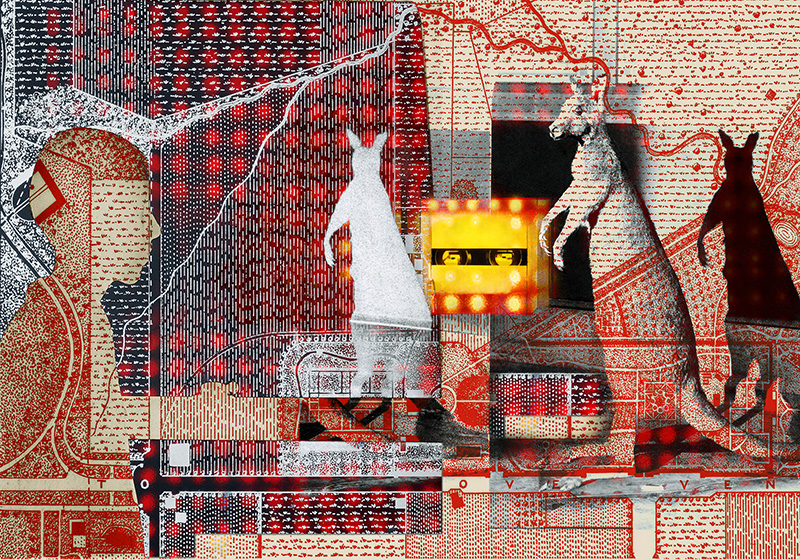
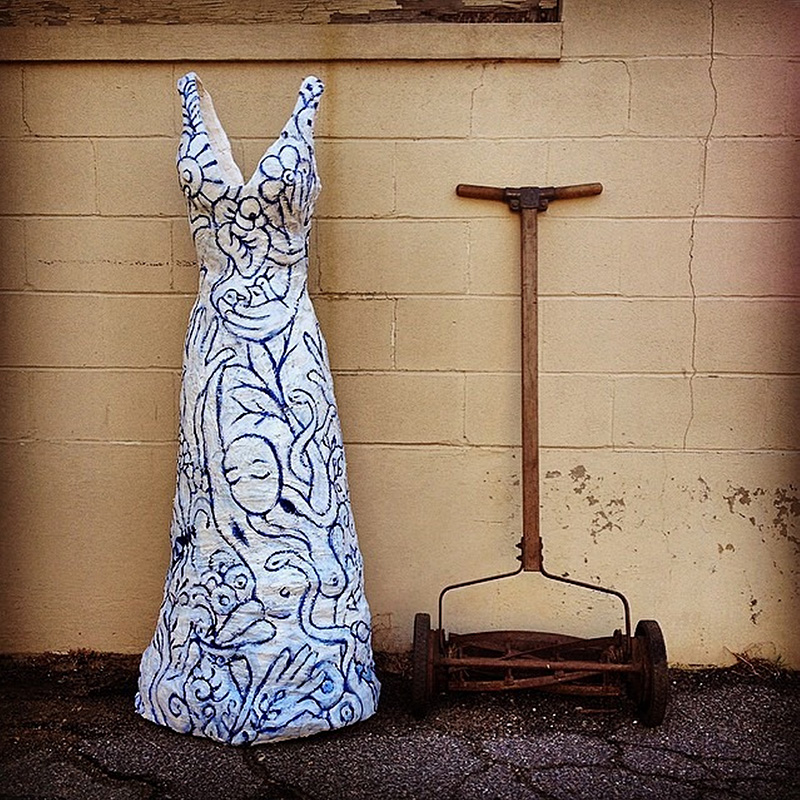
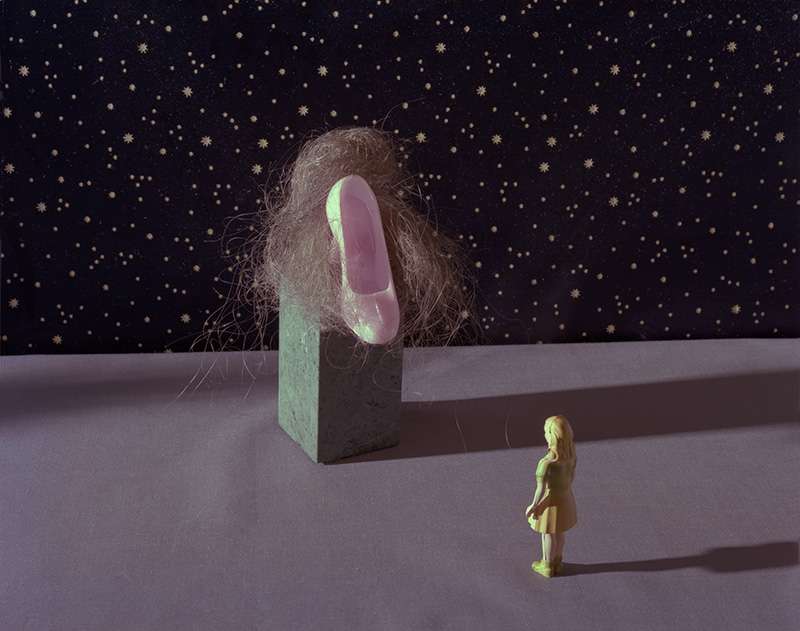
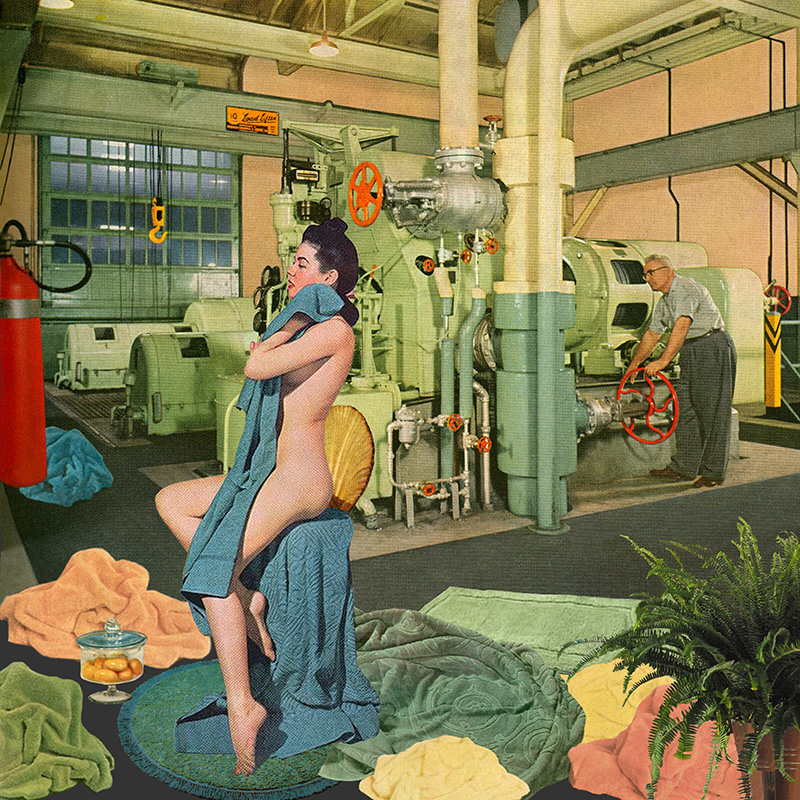
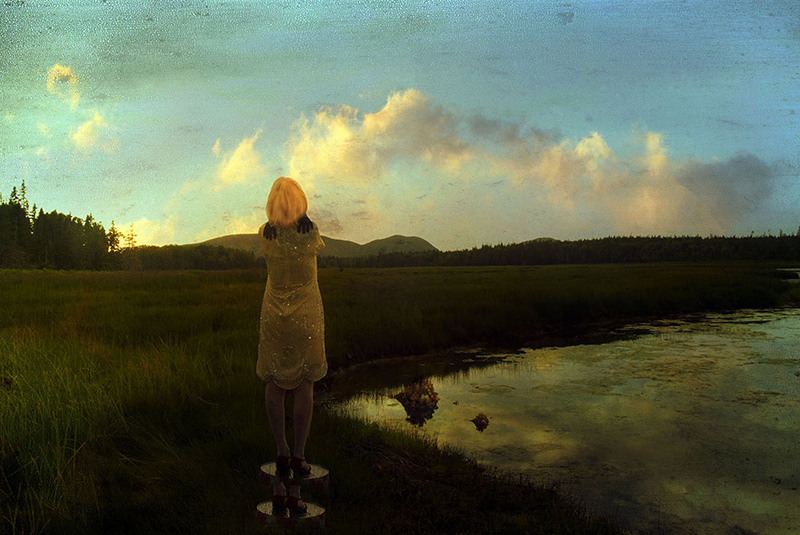
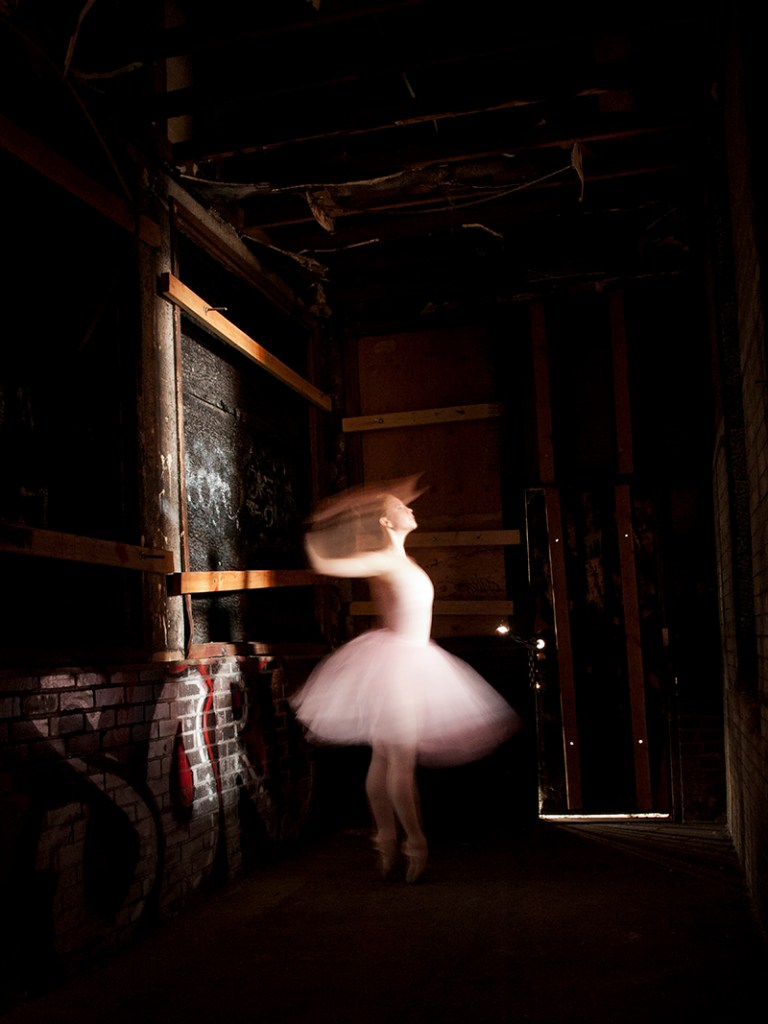
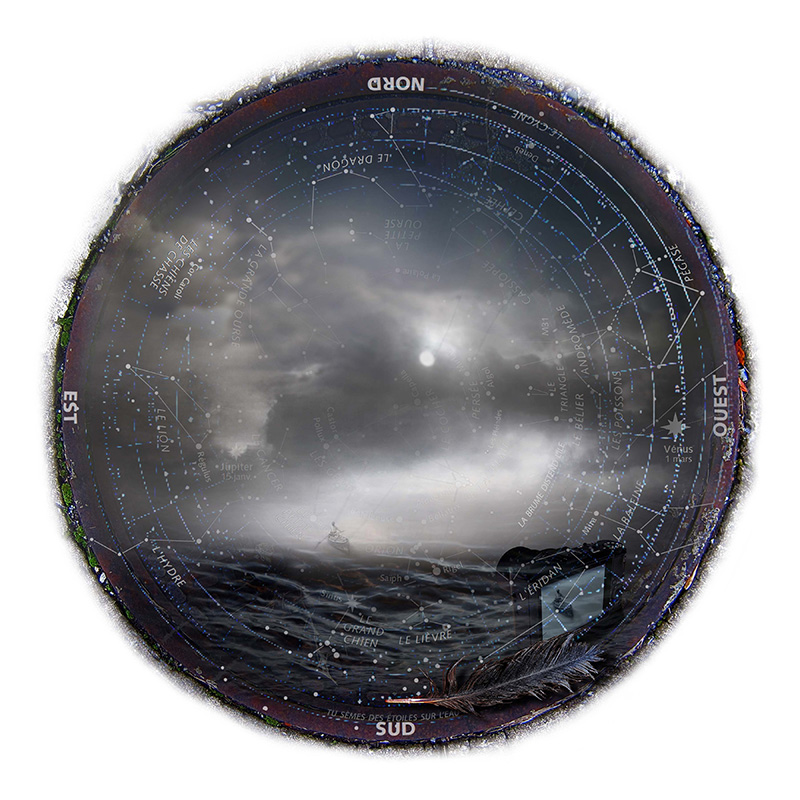

Success. Please wait for the page to reload. If the page does not reload within 5 seconds, please refresh the page.
Enter your email and password to access comments.
Hi, to comment on stories you must . This profile is in addition to your subscription and website login.
Already have a commenting profile? .
Invalid username/password.
Please check your email to confirm and complete your registration.
Only subscribers are eligible to post comments. Please subscribe or login first for digital access. Here’s why.
Use the form below to reset your password. When you've submitted your account email, we will send an email with a reset code.